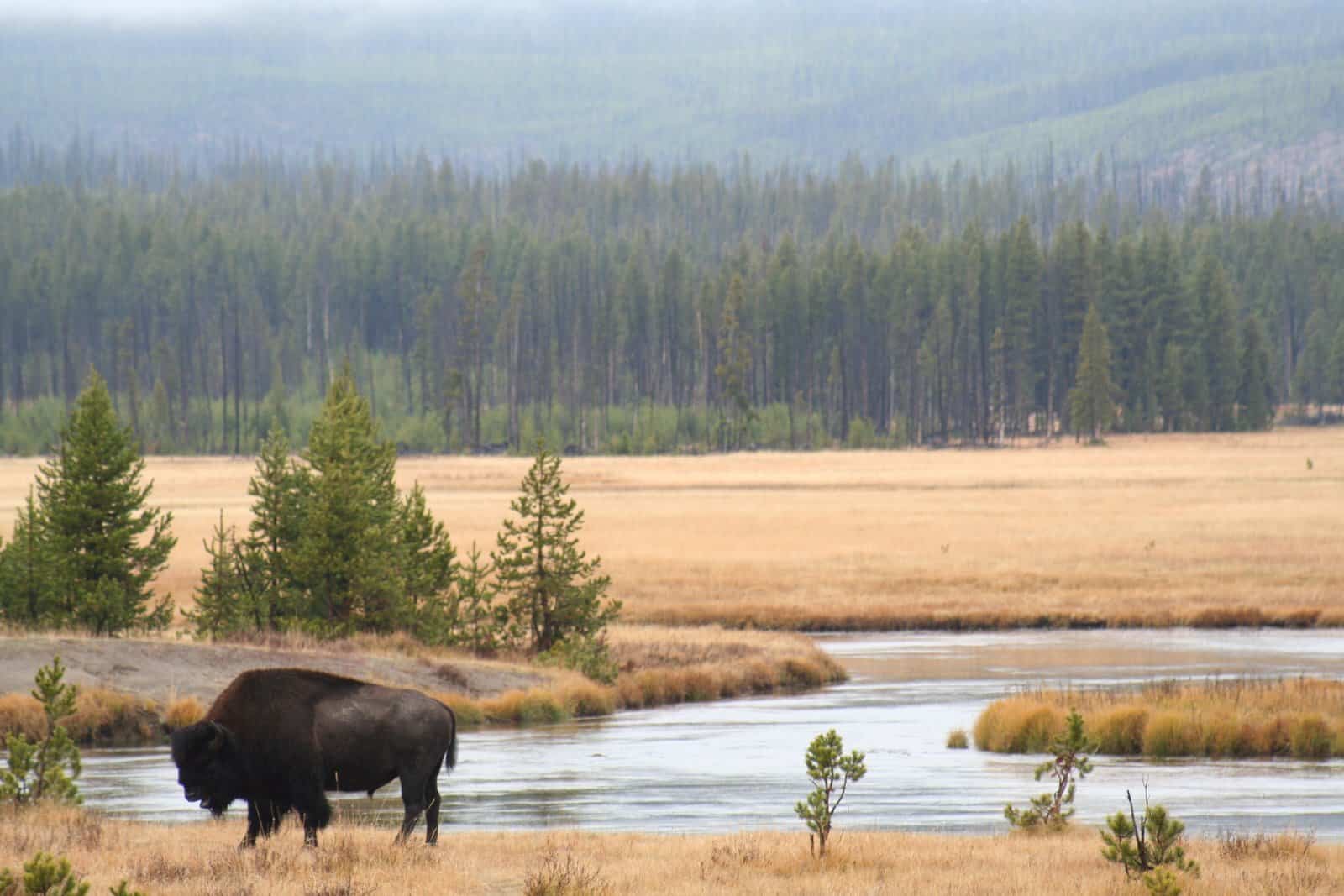Share this article
Endangered Butterflies Released Into the Wild
Small black, orange and white checkered butterfly wings flittering through Washington State were once a rare sight.
But just last week the Oregon Zoo and Washington Department of Fish and Wildlife (WDFW) released 500 federally endangered, aptly-named Taylor’s checkerspot caterpillars (Euphydryas editha taylori) on one of six historically-occupied field sites in western Washington.
This particular effort began last month, when zoo conservationists resumed feeding over 500 Taylor’s checkerspot caterpillars in the Oregon Zoo’s Imperiled Butterfly Conservation Lab, after their 7-month winter dormancy.
The Oregon Zoo and WDFW hope the caterpillars will continue to survive after they are released in the wild, becoming chrysalises and then adult butterflies. “Researchers will continue releasing larvae at each new site for several years and then monitor those populations,” said Mary Linders, a species recovery biologist with WDFW. “The reintroductions are meant to increase the species’ population sizes to the point they can survive on their own,” she said.
“Releasing caterpillars back into the wild is part of our ongoing effort to reestablish this imperiled species at sites where it was once abundant,” Linders said. “Without large, connected populations, the butterflies struggle to survive.”
Prior to their release, WDFW, which has a partnership with Oregon Zoo, identified the most suitable habitats for the checkerspot on prairies in western Washington.
Although Taylor’s checkerspots were once commonly found in that region, the now federally endangered species lost 99 percent of its habitat due to development, agriculture and habitat degradation, according to the Oregon Zoo. In 2009, the species range included only seven sites in Washington, two in Oregon and one in Canada. In fact, according to the Xerces Society, a nonprofit organization working on invertebrate conservation, the Taylor’s checkerspot is at risk of completely disappearing,
The Oregon Zoo has been working on recovering the species for over 10 years, and has raised about 19,000 checkerspots over the years. According to Linders, the conservation efforts are paying off. To further help the declining species, the Washington Department of Corrections and The Evergreen State College are also helping rear the butterflies.
That partnership has inmates at the Mission Creek Corrections Center for Women in Belfair, Washington operating a captive-rearing facility for Taylor’s checkerspots with oversight and assistance from The Evergreen State College – Sustainability in Prisons Project. Larvae from that facility were released earlier in March.
After releases at a given site are complete, Linders and other biologists will continue to monitor the checkerspot population for five more years before checking the success box, although Linders is seeing plenty of other improvements already. “We’ve started seeing Taylor’s checkerspots at locations where they haven’t been documented in years,” Linders said. “It gives us hope for a species that is very close to disappearing completely.”
Header Image:
Taylor’s checkerspot butterflies have black, orange and white checker-like spots on their wings. The federally endangered butterfly species was reared at Oregon Zoo and released in Washington State.
Image Credit: Ted Thomas, USFWS Pacific Region








